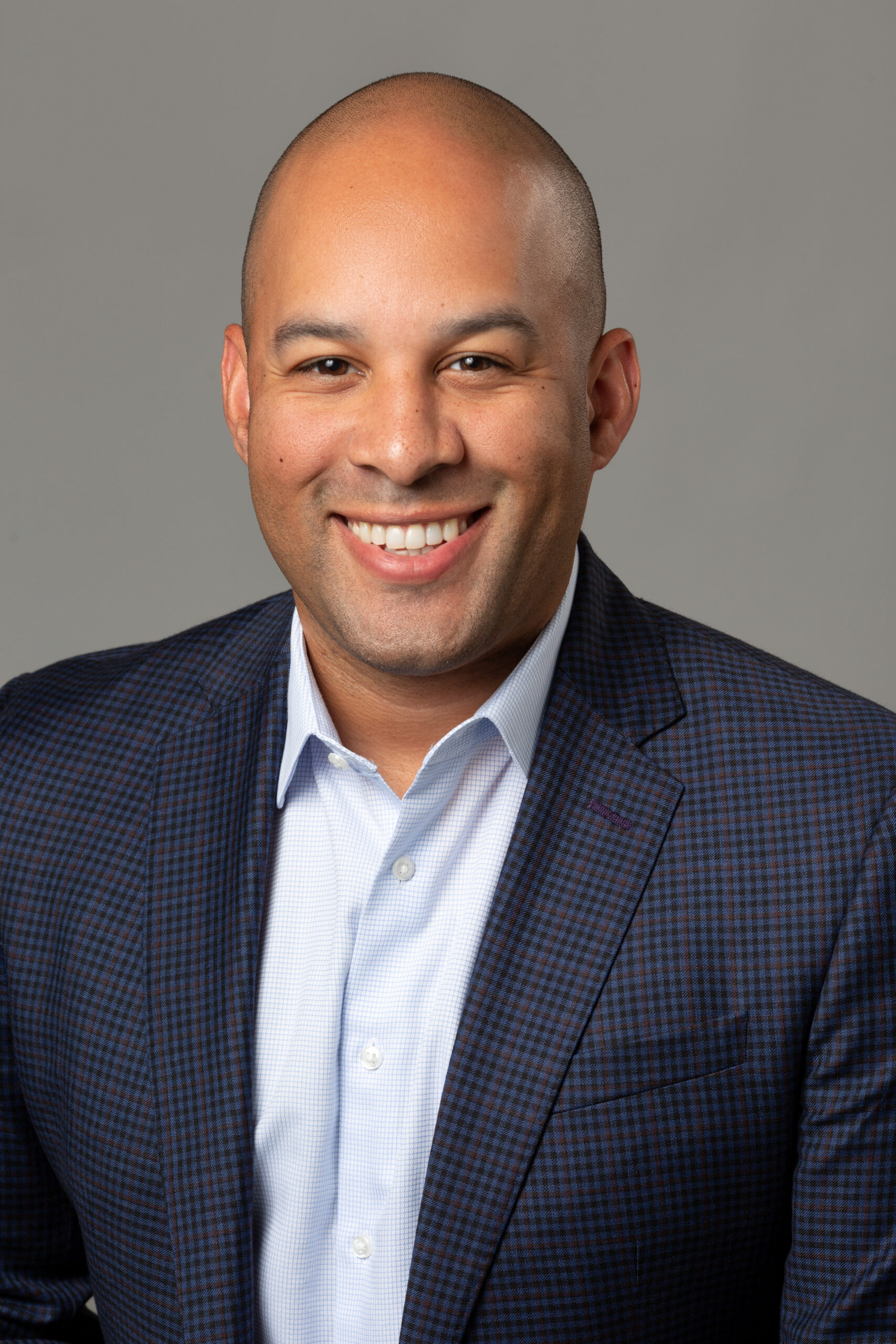Many customers demand transparency, accountability, and proactive measures to protect their data and critical operations – and rightly so. However, navigating the cybersecurity landscape can feel daunting, especially when faced with tight budgets and limited resources.
It’s far too easy (and expected) to write an article about industry pain points or mistakes to avoid. So, let’s pivot beyond these learnings into some tips for successfully navigating your customers’ cybersecurity program demands.
Building a Program Your Customers (and Investors) Will Love:
- Know your landscape: Conduct a thorough assessment of your cyber risks, considering industry trends, evolving threats, and your unique business context. Knowing every twist and turn within cyber and what your customers may ask for next is impossible, but a solid risk-based strategy can help you be more proactive vs. reactive.
- Frame it right: Adopt a recognized cybersecurity framework like the NIST Cybersecurity Framework or CIS Controls to guide your program development and ensure alignment with industry best practices. You aren’t the first company to dive into this, so don’t start from scratch.
- Speak their language: Understand your customers’ specific audit requirements and tailor your program accordingly to that, plus your own business risks and needs. Remember, they are protecting their business, not yours, so sometimes, some healthy negotiation is warranted. Their business and yours overlap and have some common ground on which to align. Map your framework, policies, and compliance goals to meet their expectations, and ensure you aren’t adding duplicate items without business value.
- Pace yourself: Don’t try to boil the ocean. Set realistic timelines and budgets, prioritizing critical areas first and demonstrating continuous improvement over time. You can often find a very reasonable cybersecurity leader on the other side of the relationship who will really want to work with you if you are prioritizing and making good strides.
- Build for the future: Design your program with scalability in mind. This might require upfront planning, but it saves time and resources in the long run, preventing reactive scrambling and unnecessary costs. We’ve had some clients that start with one framework or external audit/attestation expectation from a client, and over time, that evolves into many competing asks. Your team can’t afford to be distracted or running duplicate plays.
Remember, cybersecurity is a journey, not a destination. By avoiding common mistakes and enacting these principles, you can build a program that protects your customers’ data and boosts trust, reputation, and investor confidence. And that’s a win-win for everyone.
Feeling overwhelmed? Don’t go it alone. Seek guidance from trusted cybersecurity professionals and leverage industry resources to build a program that works for you.
At Reveal Risk, we evaluate, design, and deliver strong processes and results in cyber, privacy, and risk that work efficiently, are fit-for-purpose, and are sustained. If you want assistance building your company’s cyber security strategy, governance, and plan towards desired state maturity, please don’t hesitate to contact us at info@revealrisk.com.
317.759.4453
About the Author
Cody Rivers is a Consulting Director at Reveal Risk. Cody helps lead a consulting practice that specializes in creating and maturing cybersecurity programs that focus on risk reduction while aligning their work to client budget realities.
Prior to joining Reveal Risk, Cody served as Chief Technology Officer (CTO) for a successful Midwest-based IT Managed Services Provider (MSP) with clients that spanned the US and Western Europe. While there, he built the cloud security practice that assisted clients to overcome technical obstacles on their path to security maturity and regulatory compliance.
Cody’s experience spans 15+ years working with local professional sports teams to Fortune 1000 companies in nearly all major industries. He’s worked within such frameworks as SOC, NIST, and SOX. In 2021, Cody was recognized as a CTO of the Year by the Indianapolis Business Journal.




